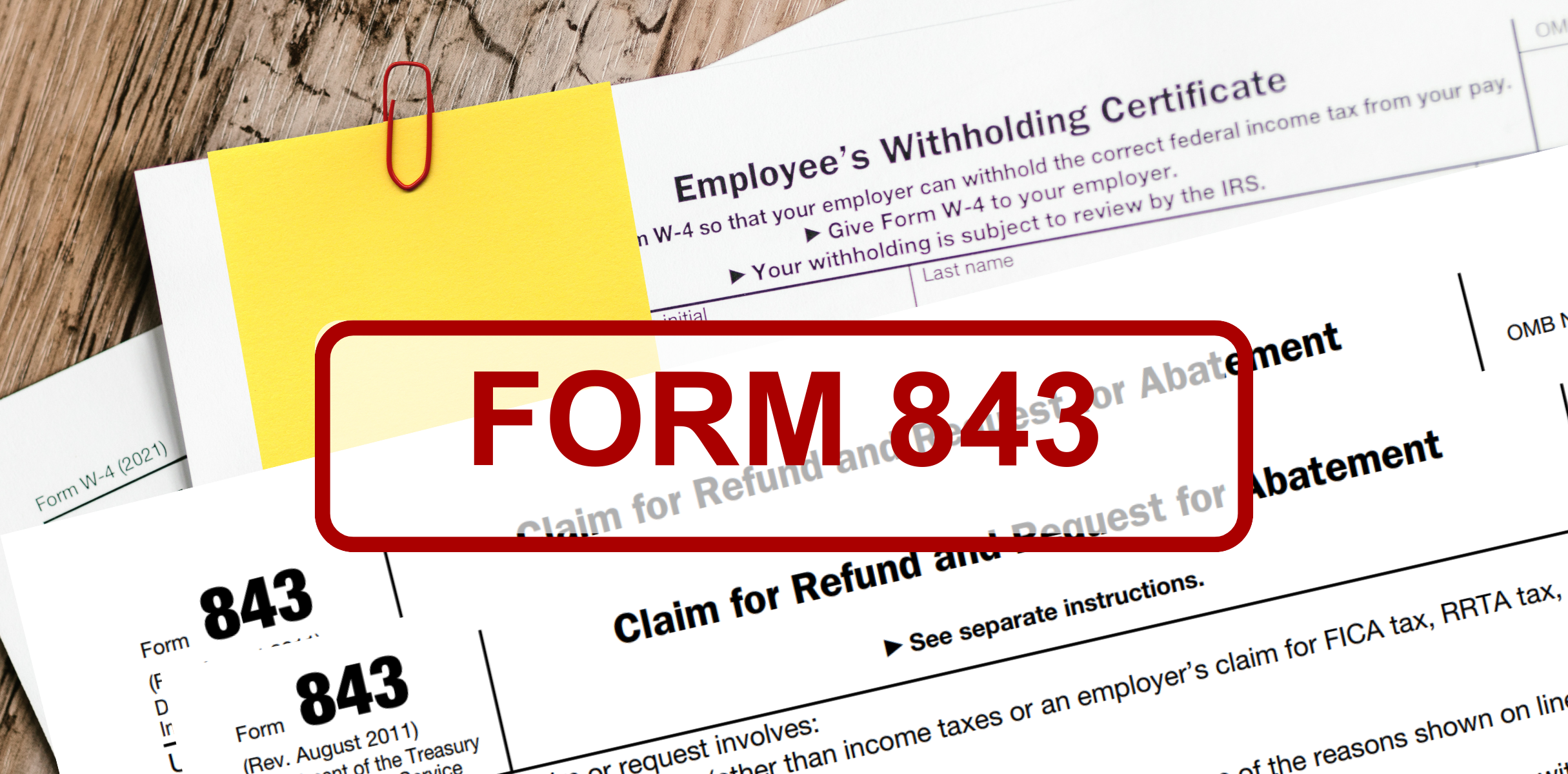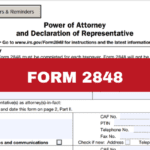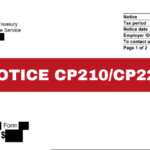Understanding the opportune moment to file for a refund or request an abatement holds significant importance for individuals looking to enhance their financial position. Whether rectifying errors, responding to changes in tax laws, or disputing unjust penalties and interest charges, this knowledge serves as a strategic tool in optimizing one’s financial standing.
Filing for a refund through the appropriate channels, such as IRS Form 843, allows individuals to reclaim overpaid taxes, ensuring that their financial resources are accurately aligned with their tax obligations.
If you’re keen on understanding the intricacies of navigating tax claims and adjustments successfully, you are in the right place. Keep reading to learn more.
Understanding Form 843
The IRS Form 843 is known as the “Claim for Refund and Request for Abatement.” It is used by taxpayers to claim a refund for overpaid taxes or to request an abatement of certain taxes, penalties, or interest that may have been assessed incorrectly. The form is applicable in situations where there’s a genuine reason for the taxpayer to seek relief from a tax obligation or to correct an error in the tax assessment process.
Here are the primary purposes for which individuals typically use IRS Form 843:
- Claiming a Refund
If you believe you’ve overpaid your taxes, whether due to an error on your tax return or a change in tax laws, you can use Form 843 to request a refund.
- Requesting Abatement
The form is also used to request the abatement (reduction or elimination) of penalties or interest that may have been assessed by the IRS.
It’s important to carefully follow the instructions provided with Form 843 and to provide supporting documentation to substantiate your claim. The form helps taxpayers rectify mistakes, resolve issues related to tax assessments, and ensure accurate financial transactions with the IRS.
Common Reasons for Using IRS Form 843
In the complex world of tax regulations, individuals often encounter situations that warrant a closer look at their tax liabilities. This section explores common triggers for filing IRS Form 843, shedding light on the reasons individuals may find themselves perusing this form. Whether rectifying errors on tax returns or disputing penalties and interest, understanding these common scenarios is key to making informed decisions regarding tax claims and adjustments.
- Error on Tax Return
Discovering an error on a previously filed tax return is a common catalyst for filing Form 843. This situation often involves the taxpayer realizing that a mistake has led to an overpayment of taxes. Form 843 provides a formal process to correct these errors and claim a refund for the excess amount paid. It underscores the importance of thorough review and scrutiny of tax documents to ensure accuracy and financial optimization.
- Changes in Tax Law
Changes in tax laws or regulations can significantly impact a taxpayer’s obligations. When such changes occur retroactively, they may lead to overpaid taxes. Form 843 becomes a vital tool in these situations, enabling individuals to claim a refund for overpaid taxes resulting from the effects of legislative adjustments. Staying informed about changes in tax laws is essential for those looking to navigate potential financial implications.
- Disputing Penalties
If the IRS assesses penalties on a taxpayer’s liability, and the individual believes these penalties are unjust or applied incorrectly, Form 843 comes into play. This form facilitates the process of formally disputing penalties, providing a platform for presenting a case to the IRS. Taxpayers can use this avenue to explain their reasons for disputing the penalties and seek a reduction or elimination of the assessed penalties.
- Disputing Interest Charges
Similar to penalties, when interest charges are applied to a tax balance, taxpayers may find themselves disagreeing with the assessment. If an individual believes these interest charges are unwarranted or inaccurately calculated, Form 843 offers a formal mechanism for requesting an abatement of interest charges. This allows individuals to present their case to the IRS and seek a reduction or elimination of the interest charges, addressing any financial concerns associated with the interest assessed.
These common triggers for filing Form 843 highlight the form’s versatility in addressing various tax-related issues, from correcting errors to disputing penalties and interest charges. Each situation requires careful consideration, documentation, and adherence to the procedures outlined in the form’s instructions. Taxpayers may find consulting with a tax professional beneficial in navigating these processes successfully.
What to expect after filing the form?
After filing IRS Form 843, there are several expectations and factors that can influence the process. Here’s what one can generally expect:
- Confirmation of Receipt
The IRS typically acknowledges the receipt of your Form 843. This acknowledgment may come in the form of a notice or letter, confirming that they have received your claim or request for abatement.
- Review and Processing
The IRS will review the information and documentation provided in your Form 843. This process involves a careful examination of the details of your claim, including the computation of erroneous tax, supporting documentation, and the reason for the claim.
- Communication for Additional Information
In some cases, the IRS may contact you for additional information or clarification. It’s essential to respond promptly and provide any requested documents to ensure the smooth processing of your claim.
- Decision Notification
Once the IRS completes its review, you will receive a decision notification. This notification will inform you of whether your claim has been approved, partially approved, or denied. If there are adjustments, the notice will outline the changes made and the resulting outcome.
- Refund or Adjustment
If your claim is approved, you can expect to receive a refund for the overpaid amount. If you requested an abatement of penalties or interest, the IRS may adjust the amount owed accordingly.
- Timeline for Processing
The timeline for processing Form 843 can vary. Generally, it depends on factors such as the complexity of the claim, the volume of claims being processed, and the IRS’s workload. While there is no fixed timeframe, it’s not uncommon for the process to take several months.
- Follow-Up if Necessary
If you haven’t received a response within a reasonable timeframe or if you have concerns about the status of your claim, you can contact the IRS for an update. Be prepared to provide your claim reference number and any other relevant details.
It’s crucial to note that each case is unique, and the processing time can vary. The IRS strives to handle claims efficiently, but factors such as the complexity of the claim and the volume of submissions can influence the timeline. If you’re uncertain about the status of your claim or have specific questions, reaching out to the IRS for clarification is a prudent step.
Where to mail IRS Form 843
Once you’ve completed IRS Form 843 and gathered all necessary supporting documentation, the next step is to submit it to the IRS. The mailing address where you should send your Form 843 depends on your location and the nature of your claim.
For individuals filing a claim for a refund, the address to which you should mail your Form 843 is typically based on your place of residence. The IRS provides specific mailing addresses for taxpayers residing in different states. You can find the correct address for your state on the IRS website or in the instructions accompanying Form 843.
It’s important to double-check the mailing address provided by the IRS to ensure that your claim reaches the appropriate processing center. Sending your form to the wrong address could result in delays or processing errors.
Can You Fax IRS Form 843?
In addition to mailing your Form 843, you may wonder if you can fax form 843 to the IRS for faster processing. While the IRS does allow faxing for certain forms and documents, the availability of faxing options for Form 843 may vary depending on the specific circumstances of your claim.
Generally, the IRS encourages taxpayers to submit forms and documents electronically whenever possible, as it can expedite the processing time. However, not all forms are eligible for fax submission.
To determine whether faxing Form 843 is an option for your claim, you should consult the instructions provided with the form or visit the IRS website for the most up-to-date information regarding this form. If faxing is permitted, the instructions will specify the fax number and any additional requirements for submitting your claim electronically.
Keep in mind that even if faxing is allowed, you may still need to follow up with a hard copy of your form and supporting documentation by mail. Be sure to carefully review the instructions provided by the IRS to ensure compliance with all submission requirements.
Final Thoughts
And that’s a wrap on our guide to IRS Form 843! Not only have you gained knowledge of tax procedures, but you have also equipped yourself with a powerful tool to make your finances work for you! Knowing when to use this form isn’t just about paperwork; it’s about taking control of your money story.
By knowing the appropriate moment to mail IRS Form 843, you’re not just following procedural steps – you’re ensuring that your financial claims reach the right hands efficiently. Whether rectifying errors, responding to legislative adjustments, or disputing unjust charges, you’ve empowered yourself to steer your financial journey with confidence.







 Steven N. Klitzner, P.A. is a tax attorney based in Miami, Florida. He has been practicing tax law for over 40 years, and currently holds a 10.0 rating by Avvo. Mr. Klitzner was appointed to the IRS Service Advisory Council in 2021 and is...
Steven N. Klitzner, P.A. is a tax attorney based in Miami, Florida. He has been practicing tax law for over 40 years, and currently holds a 10.0 rating by Avvo. Mr. Klitzner was appointed to the IRS Service Advisory Council in 2021 and is... 





